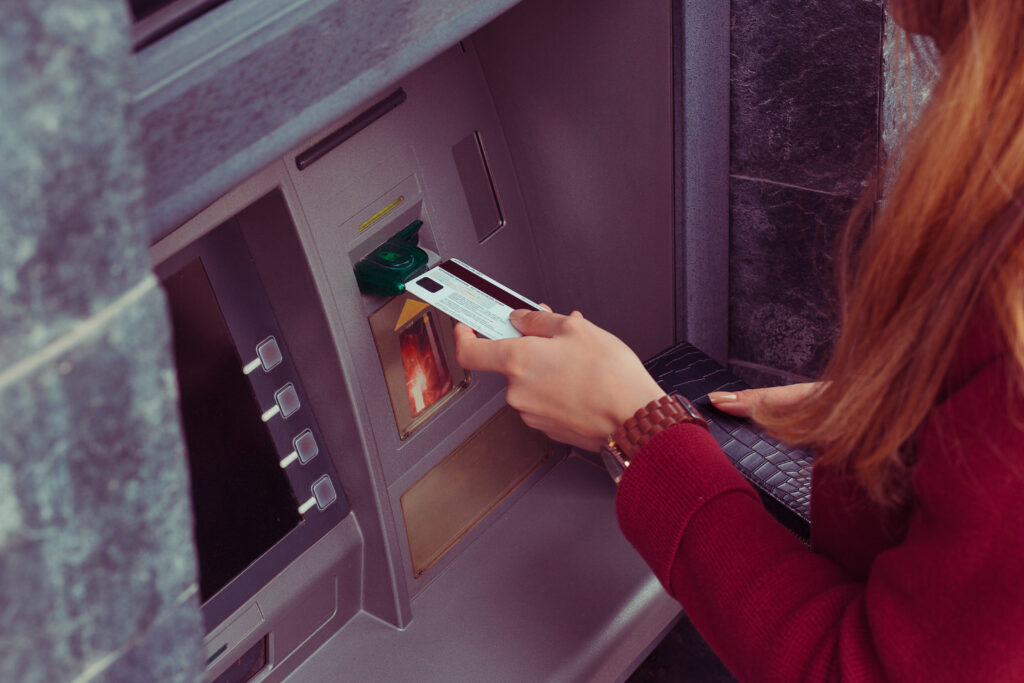Everything you need to know about foreign transaction fees
Signing up for credit cards through partner links earns us a commission. Terms apply to the offers listed on this page. Here’s our full advertising policy: How we make money.
Update: One or more card offers in this post are no longer available. Check our Hot Deals for the latest offers.
While traveling abroad can offer a change of scenery and pace, it can also come with a few hassles and surprises. That’s especially true with regard to foreign transaction fees.
Fortunately, several of the best travel credit cards have eliminated foreign transaction fees, allowing you to make purchases wherever you might be, without having to think twice. That said, there are a few things to be aware of when it comes to these pesky fees. Below, we’ve explained in detail what these fees are and how you can avoid them on your next journey abroad.
What are foreign transaction fees?
Foreign transaction fees are surcharges that are applied to international purchases you make with certain credit cards. These fees can be added to both physical and online purchases you make with a foreign retailer. Typically, the fee is around 3%, which includes a ~1% charge from the credit card’s payment processor (i.e. Visa, Mastercard) and a ~1% to ~2% charge from the bank or card issuer (i.e. Chase, America Express).
Not all credit cards have foreign transaction fees
Fortunately, not all credit cards charge these extra fees. In 2006, a settlement involving several major credit card companies regarding hidden fees was reached in favor of consumers. Since then, some credit card companies, like Discover, have dropped their foreign transaction fees altogether.
Credit cards like Chase Sapphire Preferred® Card, The Platinum Card® from American Express (see rates and fees) and the Capital One Venture Rewards Credit Card are good options for purchases overseas, as none of them charge a foreign transaction fee.
However, while you can opt for a credit card that doesn’t charge foreign transaction fees, there’s still one fee you might not have heard about.
The dynamic currency conversion fee & how to avoid it
If you shop with an international retailer, there’s one caveat you’ll need to be aware of. It’s called dynamic currency conversion, and it can end up costing you. While this term might sound confusing, it’s actually not — here’s a breakdown of how dynamic currency conversion fees work.
Dynamic currency conversion occurs when you make an international purchase using a credit card, and you have the option to pay in either U.S. dollars or the local currency. If you elect to pay in U.S. dollars, the merchant converts the purchase between U.S. dollars and the local currency on your behalf. This might sound all well and good, but in reality, the exchange rate is almost always terrible. And on top of that, there may be additional fees for the “service” the merchant provided you, which usually aren’t disclosed upfront.
Because of this, when you’re abroad, it’s always best practice to make any charges to your credit card in the local currency, not U.S. dollars. That way you’ll avoid paying a premium for your purchase. And don’t forget, these fees don’t only apply to in-person transactions, they can also apply to online purchases.
Tips to avoid foreign ATM fees
If possible, try and avoid using your credit card at foreign ATMs, too. If you use your credit card at a foreign ATM, you’ll likely face fees from both your bank and the owner of the ATM — ouch. You could end up paying much more than you anticipated and essentially blowing your travel budget.
Instead of using your credit card to pull cash out of an ATM, consider using a debit card that’s connected to a broad international network, like one from Bank of America. Or find a debit card that reimburses you for ATM fees.
If you must use your credit card to pull cash out of a foreign ATM, it’s worth calling your bank after the fact to see if they’ll apply a one-time courtesy credit to your account. The worst they can do is say no!

Is cash the best solution?
While it might seem like using cash is your best bet during a trip abroad, it can come with its own inconveniences. And you’ll still need to take certain precautions.
If you plan to keep cash on hand, make sure you keep it in a secure location, like in a travel wallet. Traveling to popular tourist destinations is generally safe, but it’s always wise to be aware of pickpockets. You wouldn’t want a petty thief ruining your vacation!
For security reasons, we highly recommend using a credit card that doesn’t charge foreign transaction fees for the majority of your purchases. This way you won’t have to worry about extra fees or be burdened with the fear of losing your stash of cash. If your card gets stolen, a simple phone call to the bank will protect you from unauthorized charges.
Bottom line
Ultimately, it’s best to determine if your card issuer charges foreign transaction fees before you leave. Here are some actionable steps you can take to be the most prepared to enjoy your trip:
- If you already have a credit card, double-check the card’s terms to see if you’ll be charged foreign transaction fees.
- If you don’t yet have a credit card, check out our list of the best no foreign transaction fee credit cards.
- If you have the option, elect to charge your card in the local currency instead of U.S. dollars.
- Avoid using your credit card at foreign ATM machines to side-step conversion and additional convenience fees.
For rates and fees of the Amex Platinum card, click here.
Featured image by LightField Studios/Shutterstock.
Editorial Note: We're the Million Mile Secrets team. And we're proud of our content, opinions and analysis, and of our reader's comments. These haven’t been reviewed, approved or endorsed by any of the airlines, hotels, or credit card issuers which we often write about. And that’s just how we like it! :)






Join the Discussion!